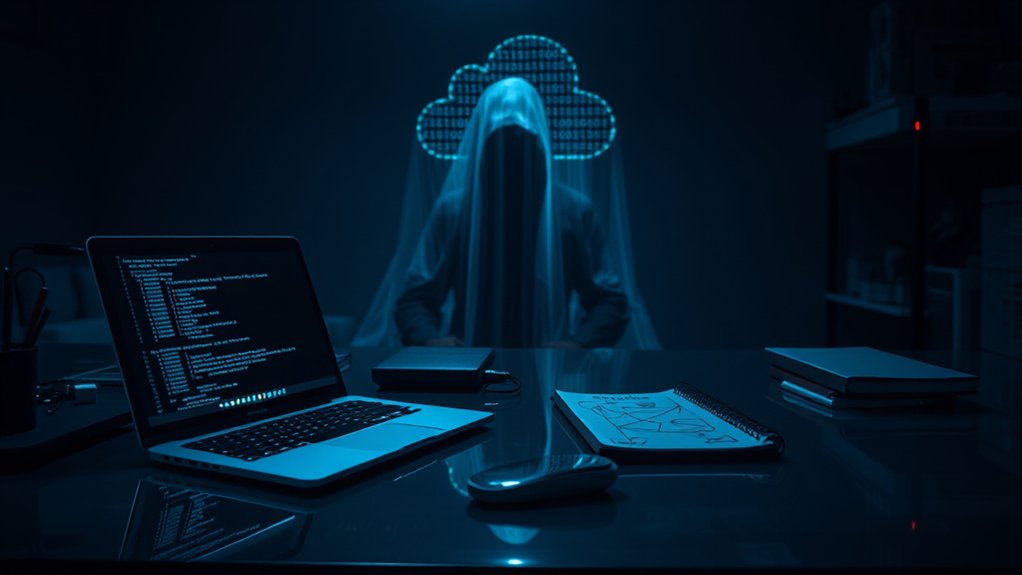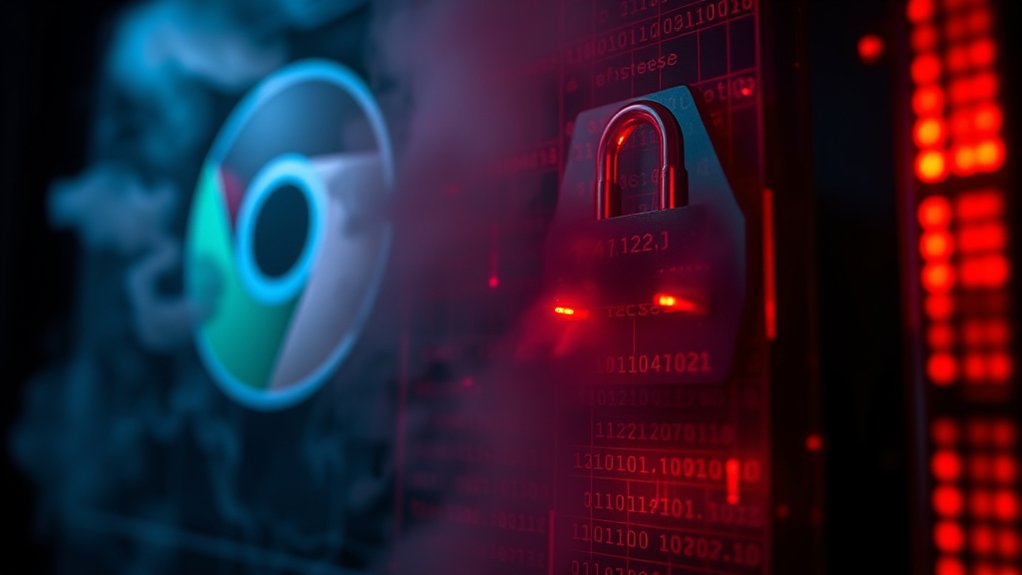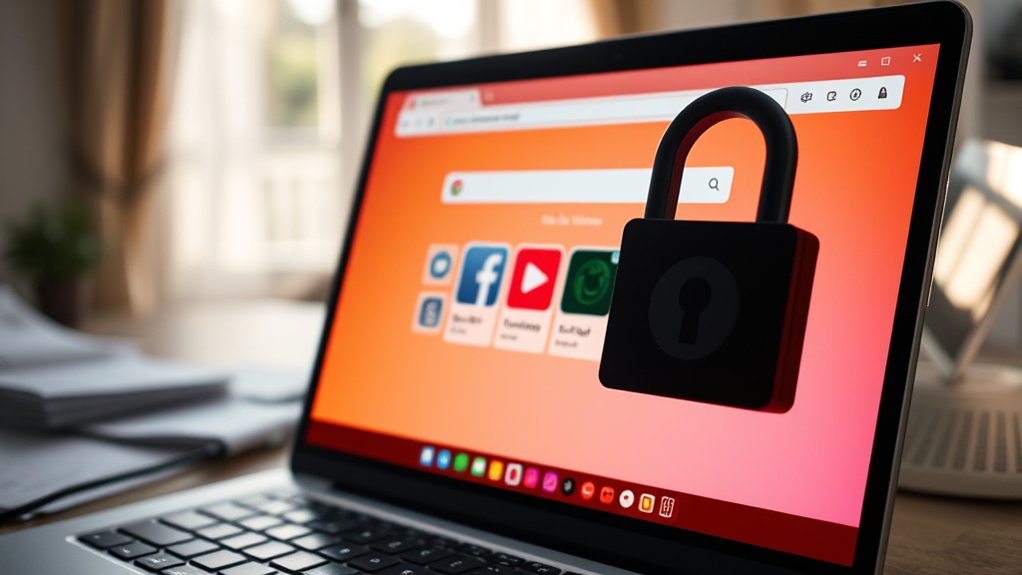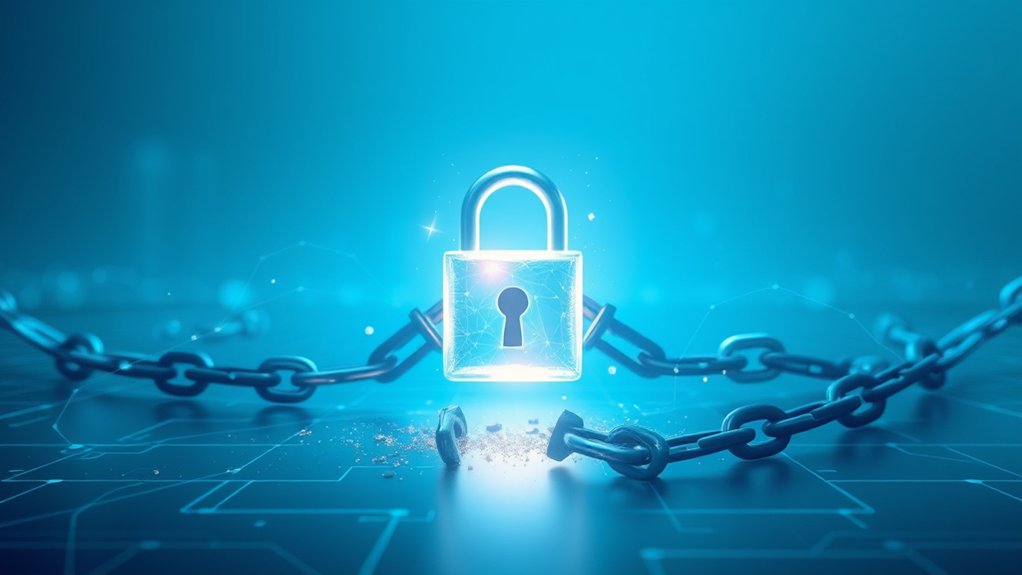Even though Cisco has long established itself as a leader in the cybersecurity landscape, a recent data breach incident has brought to light significant vulnerabilities within its defenses.
Cisco’s recent data breach reveals critical vulnerabilities, challenging its long-standing reputation as a cybersecurity leader.
In July 2025, Cisco fell victim to a voice phishing (vishing) attack that targeted an employee, illustrating the increasing sophistication of social engineering tactics. The breach was uncovered on July 24, revealing unauthorized access to user data stored within a third-party, cloud-based customer relationship management (CRM) system.
The hackers employed a deceitful strategy, impersonating legitimate callers to manipulate a Cisco representative into divulging sensitive access credentials. Even though they successfully extracted basic profile information from a subset of Cisco.com users—names, organization names, physical addresses, email addresses, phone numbers, and Cisco-assigned user IDs—there was no unauthorized capture of passwords or sensitive proprietary information. This detail is imperative, as the compromised data is limited to user accounts, excluding enterprise client data. Additionally, it is noteworthy that personal information of Cisco.com users was obtained during the breach, stressing the gravity of the incident. Moreover, it raises concerns regarding the potential for targeted phishing attacks due to the stolen VoIP and SMS logs that hackers might have gained access to during a previous incident.
As a result, during the risk of identity theft and targeted phishing attempts remains, the absence of password exposure provides a modulating effect on the potential fallout. Experts recommend implementing two-factor authentication as an additional security layer to prevent unauthorized access to sensitive data.
In response to the breach, Cisco acted decisively, terminating unauthorized access immediately upon detection. Notifications to affected users were carried out in compliance with legal obligations, and data protection authorities were swiftly informed.
Cisco’s commitment to fortifying its security posture is evident, as they plan to implement stricter protocols and re-educate employees on the recognition and prevention of vishing tactics.
This incident highlights the inherent vulnerabilities borne from human factors in cybersecurity. It emphasizes the necessity for large enterprises to scrutinize third-party cloud CRM environments, which can present unforeseen weaknesses.
Even though no broader CRM or product/service compromise occurred, the breach demonstrates that sophisticated social engineering can circumvent technical controls, reinforcing the need for heightened vigilance in the digital age.
Cisco’s public acknowledgment of this incident serves as a clarion call for other organizations to evaluate their defenses against similar threats.








